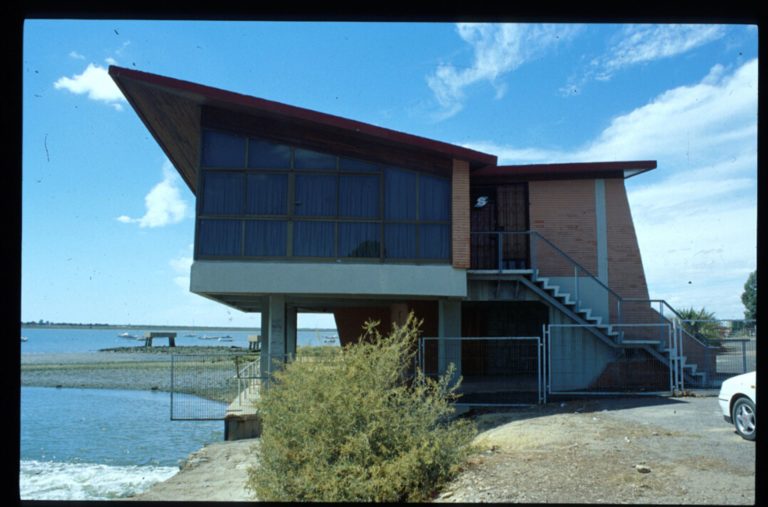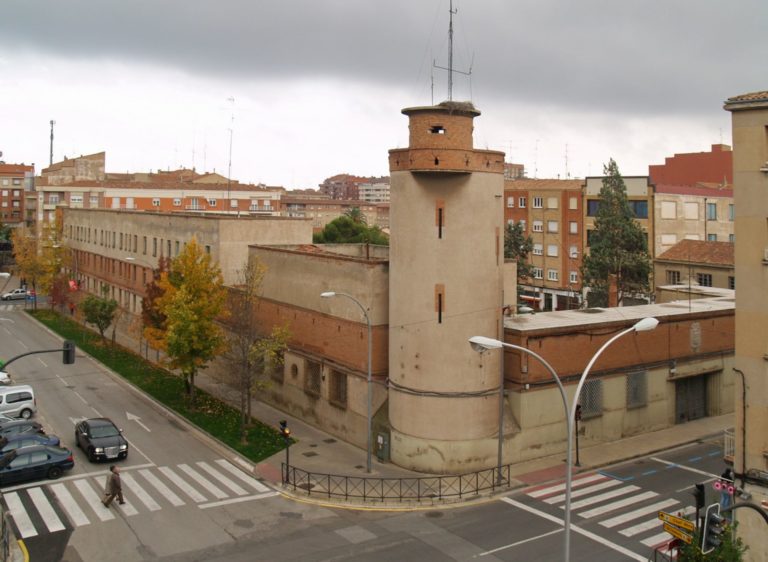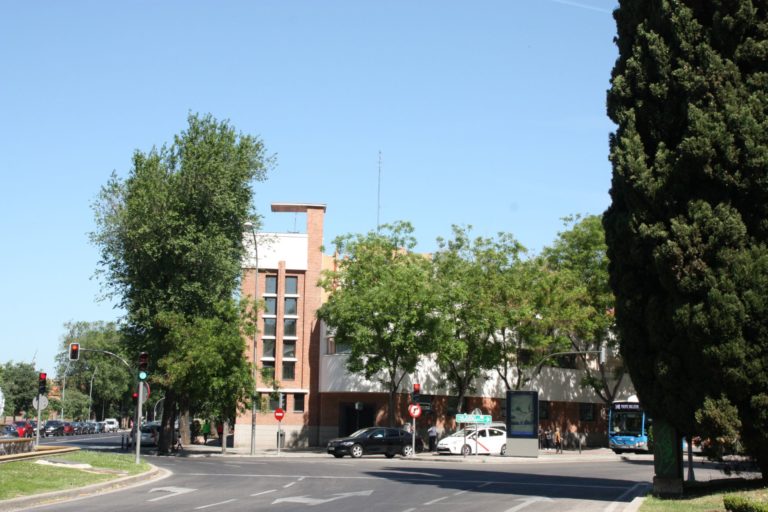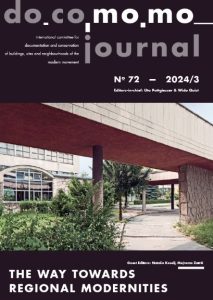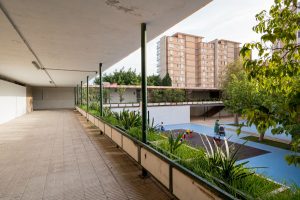Abstract
During the twentieth century, at the core of the research on housing and its relationship to the city, urban models facing the collective dimension of the residential project get special relevance, based on its forms of housing association and its role in the urban fabric. These housing forms reach maturity through the neighborhood unit model, which is characterized by a composition that overcomes the simple repetition of a block type, focusing on the links between residential buildings and the relationships that determine the public space. In the context of residential architecture development in Chile, this thesis analyzes the collective articulation elements present in the different association scales at Exequiel González Cortés neighborhood unit (1960 and 1964). The Chilean model of neighborhood unit was implemented by the State through Housing Corporation (CORVI), organization that was dedicated to housing production. Through its work, the CORVI coordinated the participation of various institutions; either private, public or semi-public in order to build large urban interventions for social housing. Moreover, the CORVI works used the principles of modern architecture to give a concrete solution to the problem of city and housing in Chile. Thus, CORVI production became a space of experimentation for the development of new residential forms, which were adapted to the different requirements of Chilean cities. In this context, there are three neighborhood units of remarkable formal composition, which represent CORVI`s management and production: Providencia Neighborhood Unit (1953-1958), Portales Neighborhood Unit (1954-1964) and Exequiel GonzálezCortés Neighborhood Unit (1960-1964 ); those works are presented as a synthesis of modern architectural approaches which conceived the relationship between housing and city in an integrated manner. In respect of the three CORVI works mentioned, it is important to deepen the analysis on “Exequiel González Cortés Neighborhood Unit”, given the level of systematization achieved in resolving the different scales of project articulation at the unit. This systematization is possible through the development of intermediate levels of connection, through a composition of nuclear and scalar relationships between its parts, seeking stratification between the various levels of residential aggregation. In that sense, at Exequiel GonzálezCortés neighborhood unit , the in-between space not only solves the transition between public and private elements of the residential complex, but also is responsible for structuring and formally articulating the housing project. Thus, the different grouping scales are ordered and structured around the collective space, which is the essence of the unit formal organization. Moreover, the neighborhood unit composition is conceived from design patterns that solve the additive capacity of the different association scales of residential elements, providing variability and unity to the architectural ensemble. Finally, the analysis of Exequiel GonzálezCortés neighborhood unit demonstrates how modern architecture designed residential complexes through the application of abstract composition systems. Consequently, these systems are those that allow to articulate multi-scale residential housing relationships, integrating housing and the city in a unique architectural project as a formal expression of community life.
Access the thesis